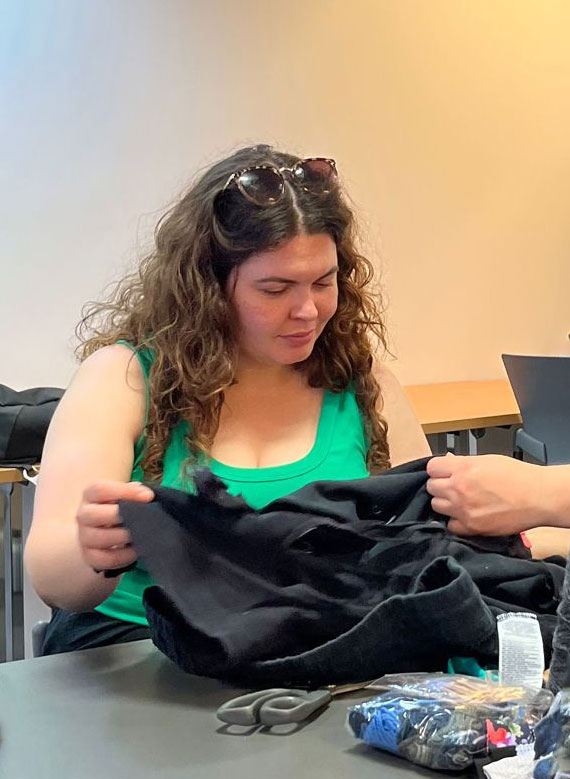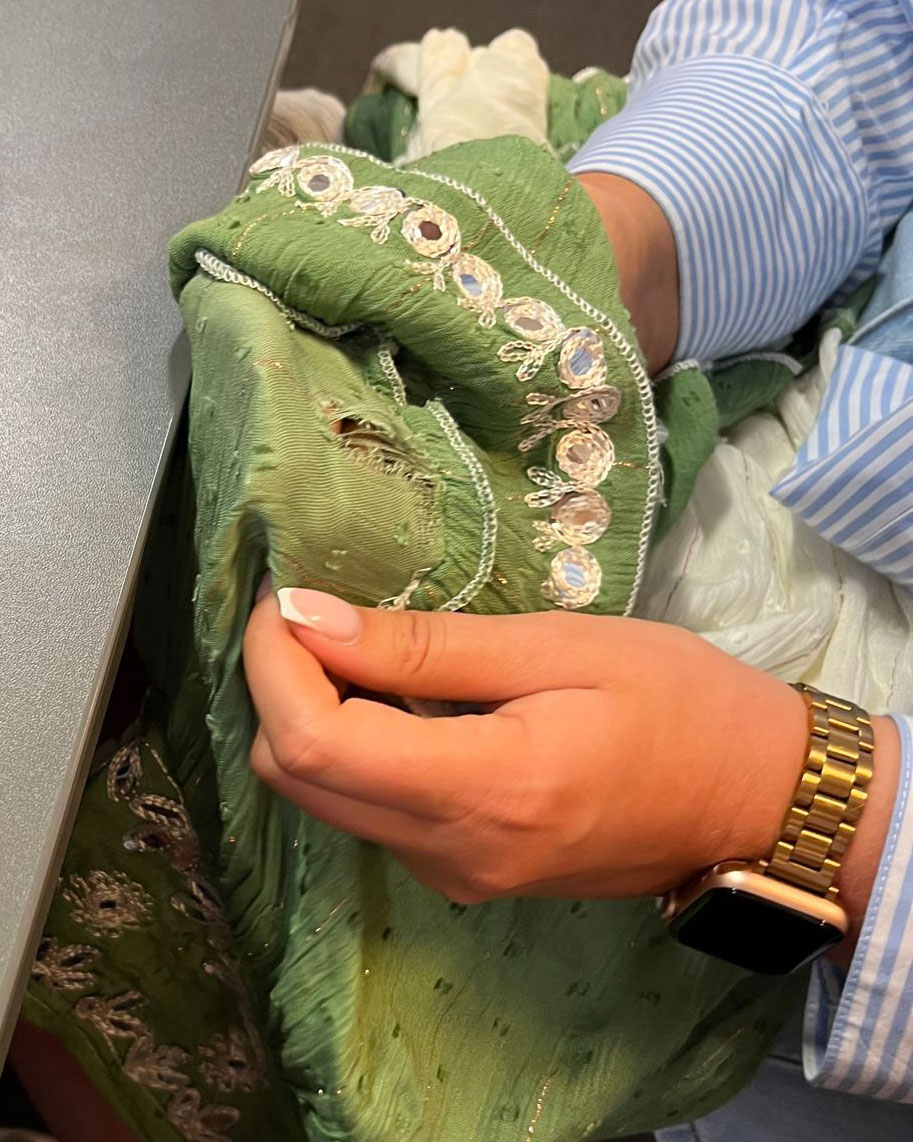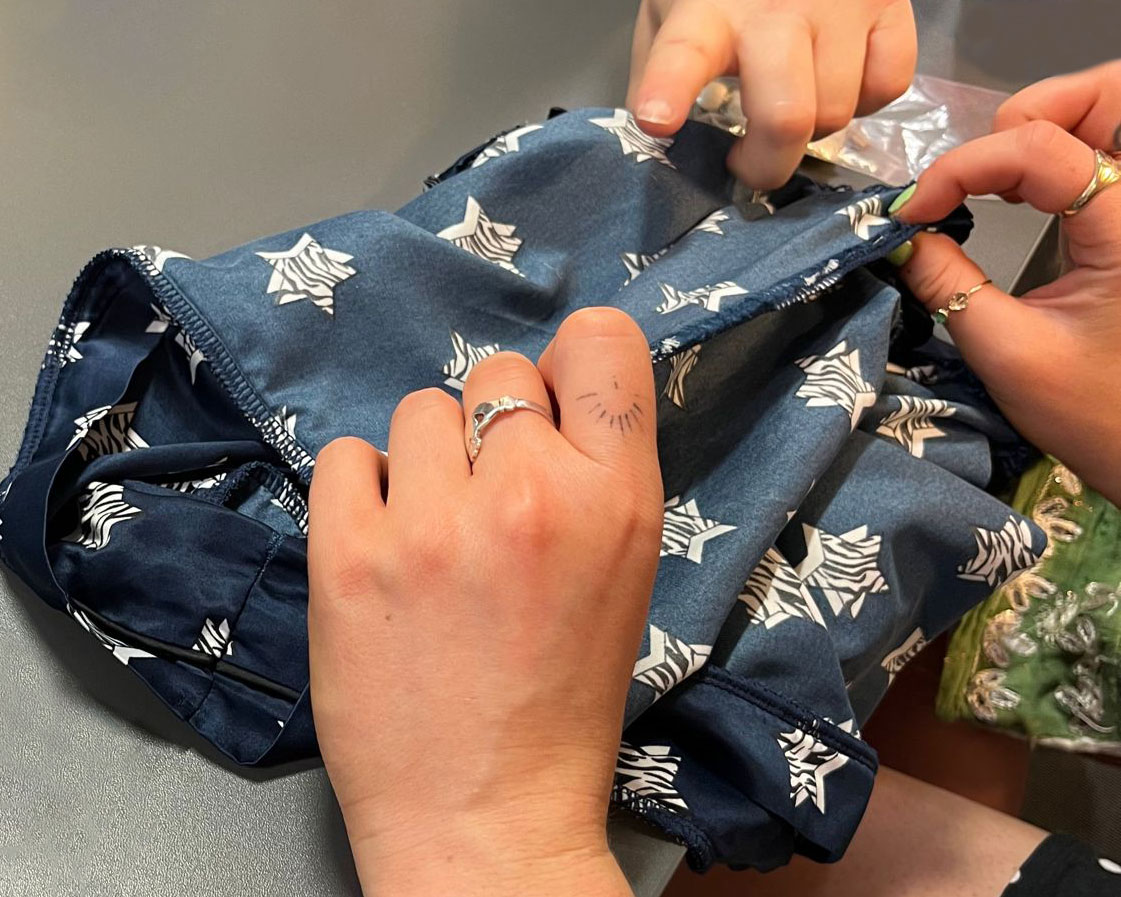Make and mend: Learning how to make fashion more sustainable
Read about the repair workshop Parliament Hill took with Fast Fashion Therapy. In this sustainable session, we gained knowledge around the importance of learning how to repair and re-use items of clothing and giving them a new lease of life.
The Sustainability group at Parliament Hill are always looking into sustainable activities that enable us to learn more about ways in which we can improve our carbon footprint. With this in mind we looked at the impact of fast fashion and what we could do to reduce our reliance on it.
To date, according to Earth.org, “fast fashion has a significant environmental impact. According to the UN Environment Programme (UNEP), the industry is the second-biggest consumer of water and is responsible for about 10% of global carbon emissions – more than all international flights and maritime shipping combined”. With fast fashion becoming more popular, it is easier than ever to buy current trends at cheap prices. Having the mindset of mending your clothing if it is damaged or making your own garments is becoming less popular, in comparison to previous years. We believe that this could be down to a lack of knowledge behind the skills of hand and machine sewing.
Taking this on board, the Sustainability group at Parliament Hill decided to look into workshops where we could learn or enhance our repairing and sewing skills. After coming across a ‘Repair & Refashion your Clothes’ course run by Fast Fashion Therapy, we contacted them and arranged an afternoon course of learning how to repair garments. It was a great afternoon of learning how to be more sustainable with fashion, and how simple it can be to repair your clothing items instead of discarding them.
Useful skills we learned
Patching a seam
This simple technique is great for mending a burst seam. By reinforcing the fabric with a patch on the inside, means that you can support the raw edge whilst you sew the seam back together.
Patching holes
Ellen and Aoife required a different patching technique with their garments. Ellen had a skirt which had unfortunately torn in the centre, making it more obvious to the eye. However, Ellen's skirt was saved by reinforcing it with a patch of a similar weighted fabric and then overlapped with a patch of the same fabric taken from the lining of the skirt. This then meant that the hole was disguised and ready to be worn again! Aoife's shirt also got a new lease of life with some cool contrasted fabrics to patch up some seams and holes throughout the shirt.
Darning
Darning is a great technique that works best on knitted and woven clothing. By sewing constant rows of thread throughout the knit, it creates a new piece of fabric to fill the space where the hole has formed and stops the hole getting bigger. It will rescue your favourite woven pieces, and give you back more years of enjoyment wearing them.



To find out more about Parliament Hills sustainability journey, which has recently included becoming Green Mark Level 3 accredited - please
click here